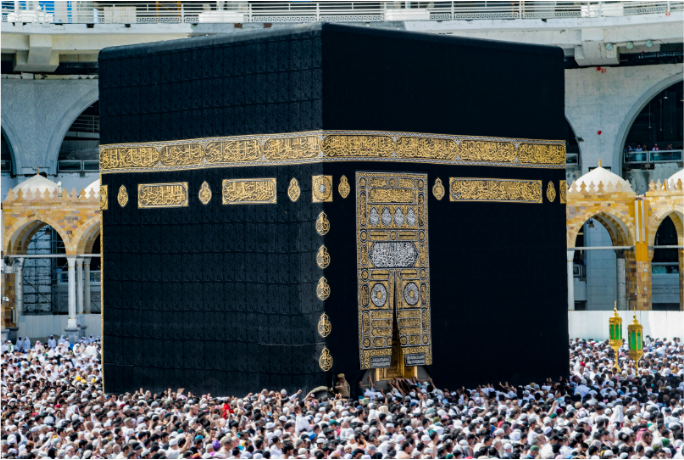
Pilgrimage was an important and widespread practice in the Islamic world from the very beginning of the Islamic tradition and continues to be extremely important for Muslims today. One form of pilgrimage, the hajj, is an obligation for all Muslims to journey to Islam’s holiest city, Mecca, if they are physically and financially able. While the hajj is a religious requirement, pilgrims have often added other sites to their itineraries, including the mosque and tomb of the Prophet Muhammad in Medina, the Dome of the Rock in Jerusalem, as well as many smaller local shrines. This seminar examines the many facets of Islamic pilgrimage through art, architecture, and material culture produced from the emergence of Islam to the early modern era. From the construction and design of holy sites and shrines by royal patrons to the personal souvenirs carried home by pilgrims, this course will engage with a wide range of artistic media including metalwork, ceramics, textiles, illuminated manuscripts, printed scrolls, and architecture.
In this course we will seek to follow medieval pilgrims on their perilous journeys, to explore sacred sites bursting with peoples of diverse backgrounds, and to understand the ways in which images and materials are believed to be imbued with the sacred blessings of holy places. Students will gain familiarity with several major sites of Islamic pilgrimage, and over the course of the semester will trace both material transformations and shifts in devotional practices at specific sites over time. Through its focus on pilgrimage, this course explores themes of embodied engagement with artifacts and sites, mobility, and portability of artifacts, copying and mimesis in devotional practices, and patronage as a political tool. At the end of the course, students will produce original research papers focused on a site or souvenir of their choosing related to pilgrimage in the Islamic tradition.
- Teacher: Lyla Halsted
